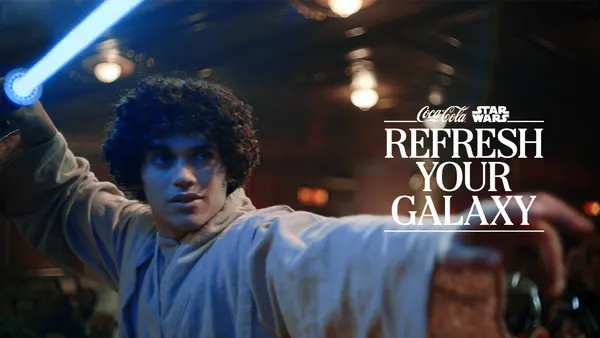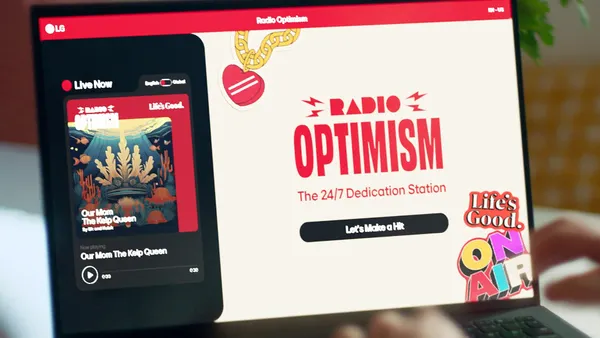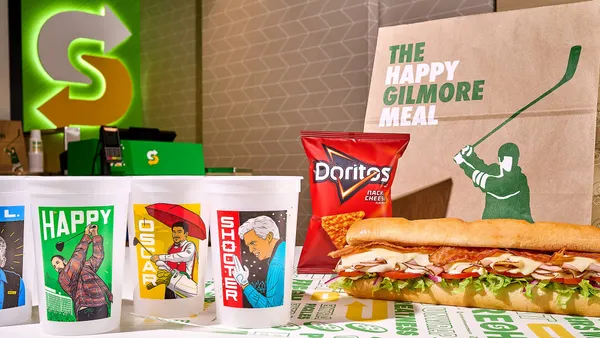Dive Brief:
- Consumer category growth is shifting to direct brands that are centered around direct consumer relationships and agile supply chains that can serve consumers’ evolving needs, with such brands displacing the indirect brands that have dominated the U.S. economy for generations, according to new Interactive Advertising Bureau (IAB) research, titled “The Rise of the 21st Century Brand Economy.”
- High-bandwidth internet connectivity led to “two distinct revolutions” that have altered how consumer brands create and extract value, according to the study. The business-to-business revolution enables companies to shift to capital-flexible, low-barrier, leased or rented supply chains, which opens the door to new companies. A business-to-consumer revolution allows consumers and companies to communicate directly and bypass third parties, like publishers, retailers and ad agencies, that previously controlled how brands realized the value they created.
- IAB also released the “IAB 250 Powered by Dun & Bradstreet,” a list of the most important direct brands to watch in the U.S. economy. Brands that made the list include cosmetics company Glossier, beauty subscription box BirchBox, luggage company Away Travel, mattress company Casper, eyeglasses company Warby Parker, meal planning subscription Blue Apron and more.
Dive Insight:
Marketers can learn from the success of direct brands, by fostering two-way relationships with consumers where marketers constantly learn about and meet their needs and wants, and extract value from the relationship. Differentiating product and service offerings, having a cross-platform presence and focusing on gaining consumers’ trust are other key lessons.
Consumers’ shopping preferences continue to shift to e-commerce, which offers a seemingly endless selection of products that can often be customized and the ability to make purchases at any time of the day. Two-thirds of U.S. consumers expect to be directly connected to companies where they purchase goods and services, according to research by J.D. Power that the IAB study cited.
“Nonstore retailing,” including e-commerce, subscriptions and direct sales, accounted for 9.4% of the $5.3 trillion retail economy by 2015, the report said. While many of the direct brands are small, with under $1 billion in annual sales, they are having a big impact on longstanding brands. For example, Gillette’s share of the U.S. men’s razors market dropped to 54% in 2016, compared to 70% in 2010, with most of the share going to Dollar Shave Club, Harry’s and others.
The rise in popularity of direct brands is also causing longstanding brands that have had a larger market share in a specific product category to shift their marketing strategies, according to IAB CEO Randall Rothenberg, who recently presented a summary of the reports at the association’s Annual Leadership Meeting. Unilever, for example, is expecting “experience platforms and e-commerce” to make up about one-third of sales by 2022, 2x as much as 2012.











